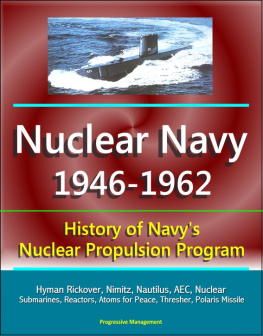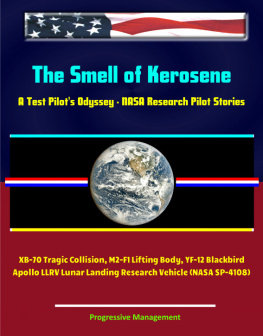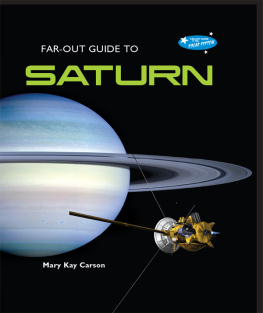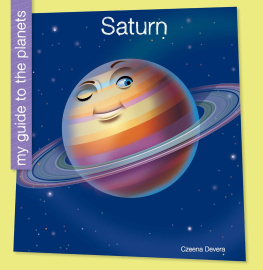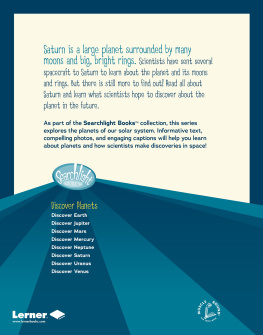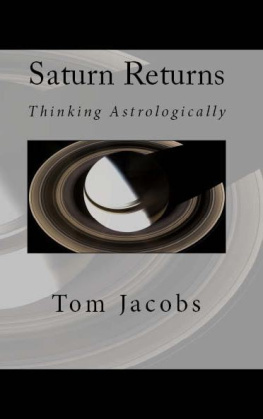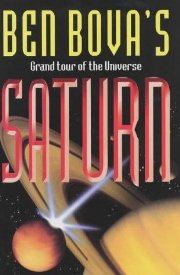Progressive Management - Saturn V: Americas Apollo Moon Rocket
Here you can read online Progressive Management - Saturn V: Americas Apollo Moon Rocket full text of the book (entire story) in english for free. Download pdf and epub, get meaning, cover and reviews about this ebook. year: 2011, publisher: Progressive Management, genre: Romance novel. Description of the work, (preface) as well as reviews are available. Best literature library LitArk.com created for fans of good reading and offers a wide selection of genres:
Romance novel
Science fiction
Adventure
Detective
Science
History
Home and family
Prose
Art
Politics
Computer
Non-fiction
Religion
Business
Children
Humor
Choose a favorite category and find really read worthwhile books. Enjoy immersion in the world of imagination, feel the emotions of the characters or learn something new for yourself, make an fascinating discovery.
- Book:Saturn V: Americas Apollo Moon Rocket
- Author:
- Publisher:Progressive Management
- Genre:
- Year:2011
- Rating:3 / 5
- Favourites:Add to favourites
- Your mark:
Saturn V: Americas Apollo Moon Rocket: summary, description and annotation
We offer to read an annotation, description, summary or preface (depends on what the author of the book "Saturn V: Americas Apollo Moon Rocket" wrote himself). If you haven't found the necessary information about the book — write in the comments, we will try to find it.
Incorporating the historic Saturn V News Reference, this unique document provides extraordinary detail about America's Apollo moon rocket. Every major component and system on the incredibly successful Saturn V booster is covered in detail.
Contents include: History of the Saturn V launch vehicle; First Stage S-IC; Second Stage S-II; Third Stage S-IVB; Instrument Unit; Managing and Testing the Saturn V; Dynamic Testing, Saturn V Full Scale Displays, The Saturn V, Introduction, Description, Typical Lunar Landing Mission, Earlier Saturns - Saturn 1, Uprated Saturn (Saturn 1B), How Saturn V Design Was Reached, Program Highlights, First Stage, First Stage Description, First Stage Fabrication And Assembly, Thrust Structure, Fuel Tank, LOX Tank, Intertank, Forward Skirt, Fins And Fairings, Vertical Assembly, Post Manufacturing Checkout, First Stage Systems, Fuel System, Fuel Tank, Fuel Fill And Drain System, Fuel Feed System, Fuel-Conditioning (Bubbling) System, Fuel Level Sensing And Engine Cutoff Systems, Fuel Pressurization System, LOX System, LOX Tank, LOX Fill And Drain System, LOX Delivery System, LOX Conditioning System, LOX Pressurization System, Fluid Power System, Electrical System, Instrumentation System, Measurement, Telemetry, ODOP System (Offset Doppler Tracking System), Separation System Range Safety System, Control Pressure System, Onboard Control Pressure System, Ground Control, Pressure System, Onboard Purge Pressure System, Environmental Control System, Visual Instrumentation, Film Cameras, Television System, First Stage Flight, F-1 Engine, Engine Description Thrust Chamber Assembly, Gimbal Bearing, Oxidizer Dome, Thrust Chamber Injector, Thrust Chamber Body, Thrust Chamber Nozzle Extension, Hypergol Cartridge, Pyrotechnic Igniter, Thermal Insulation, Turbopump, Oxidizer Pump, Fuel Pump, Turbine Bearing, Coolant Control Valve, Gas Generator System, Gas Generator Valve, Gas Generator Injector, Gas Generator, Combustion Chamber, Propellant Feed Control System, Oxidizer Valves, Fuel Valves, Thrust OK Pressure Switches, Pressurization System, Heat Exchanger, Heat Exchanger, Check Valve, LOX Flowmeter, Heat Exchanger Lines, Engine Interface Panel, Electrical System, Hydraulic Control System, Hypergol Manifold, Ignition Monitor Valve, Checkout Valve, Engine Control Valve, Hydraulic Filter, Four-Way Solenoid Valve Manifold, Swing Check Valve, Flight Instrumentation System, Primary Instrumentation, Auxiliary Instrumentation, Primary And Auxiliary Junction Box, Engine Operation, Engine Cutoff, Second Stage, Second Stage, Description, Structure, Interstage, Aft Skirt, Thrust Structure, Liquid Oxygen Tank, Aft LOX Bulkhead, Common Bulkhead, Liquid Hydrogen Tank, Insulation, Systems Tunnel, Forward Skirt Assembly, Final Assembly, Propellant System, Purge Subsystem, Fill And Replenish Subsystem, Chilldown, Fast Fill, Slow-Fill, Replenishment, 101 Per Cent, Shutdown venting, Subsystem Pressurization, Propellant Feed Subsystem, Recirculation Subsystem, Propellant Management System, Propellant Utilization Subsystem, Propellant Loading Subsystem, Propellant Mass Indication Subsystem, Engine Cutoff Subsystem, Propellant Level Monitoring Subsystem, Ullage Motors Thermal Control System, Flight Control System, Measurement System, Electrical System, Ordnance System, Ground Support, Leak Detection And Insulation Purge, Engine Compartment Conditioning, Third Stage, Stage Description, Stage Fabrication And Assembly, Forward Skirt Assembly, Propellant Tank Assembly, Common Bulkhead, Thrust Structure Assembly, Aft Skirt Assembly, Aft Interstage Assembly, Final Assembly, Third Stage Systems, J-2 Engine, Propellant System, Oxidizer System, LOX Tank Repressurization, LOX Tank...
Progressive Management: author's other books
Who wrote Saturn V: Americas Apollo Moon Rocket? Find out the surname, the name of the author of the book and a list of all author's works by series.


